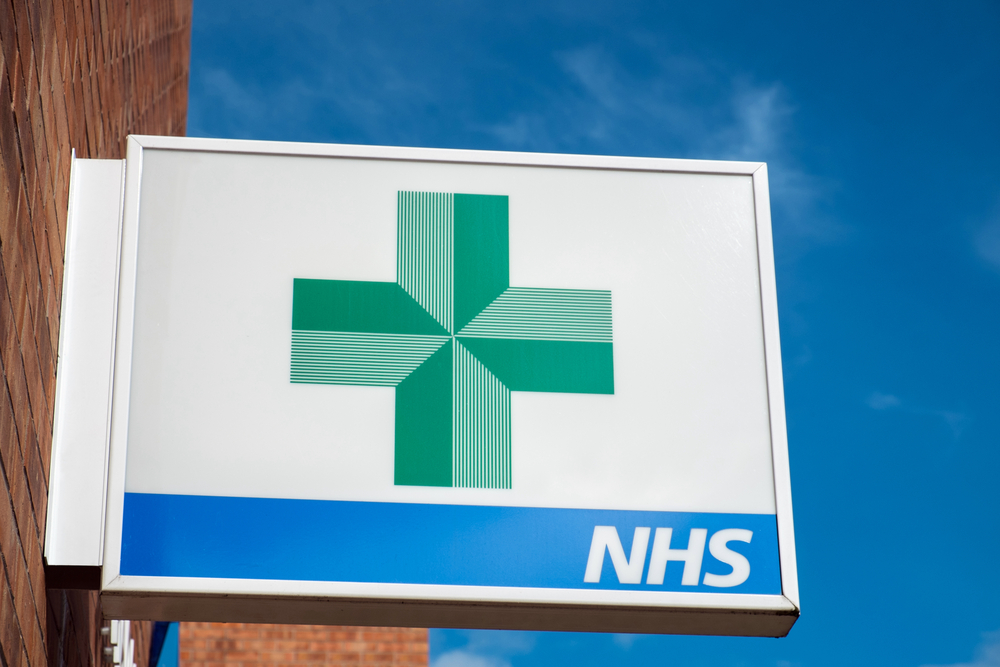Delivering on the NHS 10-Year Plan: Financial flows, workforce, and integrating care

As the government sets out its 10-Year Health Plan, health leaders gathered to discuss the critical enablers of long-term transformation – from fixing fragmented funding flows and investing in digital capability, to equipping the workforce and tackling the wider determinants of health. Can collaboration and local adaptation turn strategy into sustainable change?
On 10 July 2025, Salma Yasmeen (Chief Executive, Sheffield Health and Social Care NHS Foundation Trust), Dr Toli Onon (Joint Chief Medical Officer and Responsible Officer at Manchester University NHS Foundation Trust and incoming Chief Inspector of Hospitals, CQC) and Siobhan Melia (Chief Executive, Sussex Community NHS Foundation Trust and National Adviser for Community Health Services, NHS England), joined PPP and PwC for a specially convened breakfast meeting, exploring next steps following the publication of the 10-Year Health Plan.
Chaired by PPP Chair, the Rt Hon. Stephen Dorrell, and held under the Chatham House Rule, the meeting addressed some of the key implications for health and care services now that the 10-Year Plan has been made public.
Fixing fragmented funding flows
Multiple speakers and attendees highlighted the need to reform NHS financial flows, and in particular, block contracts, which hinder system responsiveness and effective resource allocation. Transitioning to activity and outcome-based funding models, such as year-of-care tariffs, was cited as complex but the direction of travel the NHS should aim for. As the Darzi Report highlighted, acute sector spending has increased from 47 per cent in 2006 to 58 per cent today – a ‘right drift’ rather than the left shift that has been pursued by successive governments, both in the UK and abroad.
As such, current funding models run contrary to the ambitions expressed in the 10-Year Plan, particularly shifting more care away from hospital settings. Since patient journeys span sector siloes, a genuinely integrated and aligned funding model would see financial resources following the patient, not the institution or provider; or, as one speaker explained: “we need funding to flow across interfaces.”
“If you’re a system in deficit, nine times out of 10 that deficit sits within the acute trust; Payment by Results creates a cultural disincentive to trade your way out of financial problems.”
There was particular weight given to shifting investment into partnerships that deliver outcomes for defined cohorts, rather than individual services. “If we can work out how money can flow into partnerships of integration…and incentivise providers collectively to deliver the right outcomes for patients, that would be a gamechanger,” said one speaker.

Health and public services: Addressing the real determinants of health
The plan’s emphasis on the wider determinants of health – such as housing, employment and social connection – was welcomed by speakers, particularly with reference to mental health. One speaker celebrated that “this is the first time in many years that we’re dealing with the root causes of mental health,” but cautioned that protecting universal access to mental healthcare must be a priority amid continuing cuts to mental health services.
There was also recognition that more locally responsive models of care are needed, with community-level co-design and diverse participation at their core. “Equity doesn’t happen by chance,” said one speaker: “we need to build it in from the start.” This is particularly relevant when considering rural and urban populations, where the needs of communities and accessibility of health and care services can vary substantially. For example, some rural areas have found success in building Integrated Neighbourhood Teams (INTs) using existing primary care network boundaries, whereas an urban area might benefit from the co-location of GP and community nurses, social workers or pharmacists in a community health hub.
Whatever foundation is used to deliver neighbourhood care, however, speakers argued for the close participation of VCSE partners in core service design and delivery, to ensure that services are reflective of local need and to avoid the creation of “mini institutions” within neighbourhoods.
However, realising the vision of community-centred care will be next to impossible if current multimorbidity trends continue; this means substantial investment into neighbourhoods, communities, employment and housing.

Equipping and supporting the workforce
Speakers noted that the Plan’s emphasis on community and neighbourhood-based care has major implications for workforce readiness; the left shift cannot happen without reshaping training and education of healthcare professionals, nor without truly supporting new models of practice.
Those expected to deliver care in new or unfamiliar environments must be trained to do so. Speakers emphasised that outside of ‘box-ticking exercises’ on undergraduate courses, for instance, healthcare professionals receive little training for delivering care within patients’ homes.
“We need proper treatment programmes in real-world settings, but our current training doesn’t prepare people for that.”
Beyond clinical skills, workforce development also requires addressing the emotional burden faced by staff, particularly in the context of public criticism of NHS staff and professional shortages. “The resident doctors’ industrial action is a symptom of a demoralised workforce,” explained one speaker. Another added that we cannot continue routinely blaming midwives and doctors for systemic failures evident across maternity care, particularly given their shortage across the NHS, and called on the CQC to take a more constructive approach to assessment and regulation of services.
Data, digital and system learning
Concerns were raised regarding the readiness of the NHS workforce to deliver the data-led, digital-first NHS that the 10-Year Plan envisages. Attendees confronted the “assumption that AI will solve all of our problems and reduce the need for analysts,” expressing instead that AI should be viewed as a tool to be used by analysts.
Speakers also noted that while the Plan features a heavy emphasis on technology as a means of alleviating pressure on the health system, there is a significant gap in both infrastructure and capability across the NHS. Digital maturity varies substantially from one system to another, with some providers conducting robotics-assisted surgeries while others still lack access to interoperable patient records.
Investment in digital capability was seen as critical, but several cautioned that funding must also focus on the people needed to interpret and apply data, rather than solely digital infrastructure.
Low data literacy among the workforce was also identified as a particular issue, as biases or gaps within datasets can easily translate into poor service design and exacerbate access and outcome inequalities. It was argued that the government’s £10 billion investment in upgrading NHS technology and delivering a single patient record will be undermined if there is not a similar effort to upskill staff, ensuring they can handle and interpret patient data safely, accurately and with due consideration of potential biases within datasets.
Achieving a meaningful left shift depends heavily on digital maturity across both systems and the workforce. For instance, moving outpatient care out of hospital relies on seamless digital interfaces between primary, secondary and community providers. Similarly, a more connected system would allow GPs to access specialist advice more efficiently, and enable patients to view and manage their own health information.
System-wide digital maturity is essential to demonstrating the value of integrated care. With the right data infrastructure in place, it becomes possible to show how targeted investment – such as in joint models between primary, community and mental health providers – can lead to better patient outcomes, more efficient use of public funds, and a stronger return on investment for taxpayers. This kind of evidence is key to guiding where resources should be deployed in future.

Looking ahead to implementation
Though the plan marks a significant inflection point for the NHS, attendees were mindful of the implementation challenges ahead, and the mixed record of past strategies. One audience member cautioned that: “we’ve had the Five Year Forward View, the Refresh, the Long-Term Plan, the Recovery Plan… maybe a third gets implemented, maybe a third of that has any impact.”
Speakers also noted the absence of strategy for actually delivering the 10-Year Plan, as well as the challenges inherent for integrated care boards in delivering proposed changes alongside 50 per cent running cost reductions. There is also the question of social care, a plan for which is currently being shaped by Baroness Louise Casey’s independent review, and is expected to be released in 2028 at the soonest.
Nonetheless, participants expressed a shared optimism and commitment to shaping the next phase of delivery. For some, the priority is neighbourhood-based support for mental health. For others, it’s recalibrating funding to better serve integrated care.
As one speaker concluded, no single organisation can solve these challenges in isolation; humility, collaboration and local adaptation will be essential to delivering on the 10-Year Plan, and building what comes next.
Next steps
PPP will continue exploring the future of health and care transformation and the implications of the 10-Year Health Plan at our next breakfast event, Implementing the 10-Year Health Plan, on 3 September 2025. We will be joined by the Rt Hon. Alan Milburn, Lead Non-Executive Director for the Department of Health and Social Care, to examine what the 10-Year Plan means for services and local system.
To find out more and secure your place*, please visit the event page.
*Please note that places are limited.











